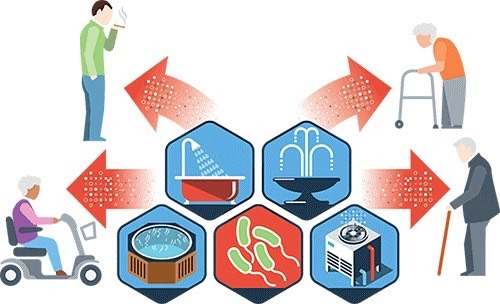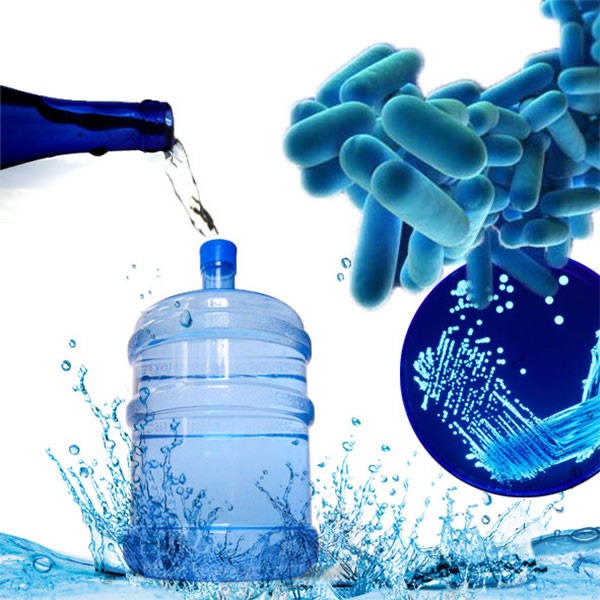 Learn more about legionella bacteria Learn more about legionella bacteria |
Among Legionella species, Legionella pneumophila has the highest pathogenicity in humans. This bacterium causes Legionnaire’s disease (legionellosis[1]). Legionnaires’ disease is a severe type of pneumonia that can be fatal if left untreated. There is also a milder form of the disease called Pontiac fever, which resembles the flu. Changes caused by Legionella bacteria occur when contaminated water is inhaled (in the form of an aerosol) and enters the lungs. For example, when showering or through the air conditioning system.
Indications to combat legionella
Before going to the methods of diagnosis and identification of legionella, it is better to point out how dangerous this issue can be. A person exposed to Legionella will usually experience the following symptoms for 2 to 10 days:

Headache Adlani pain shaking A fever of 104 degrees Fahrenheit (40 degrees Celsius) or higher item Cough Difficulty in vision Chest pain Nausea and vomiting diarrhea Changes in mental status The aforementioned disease, Legionella, also causes a milder disease called Pontiac fever. The difference between Pontiac fever and Legionnaires’ disease are:
Pontiac fever is a mild flu-like illness that is much less severe than Legionnaires’. Does not cause lower security symptoms such as cough.
Symptoms of pontine fever usually begin 24 to 72 hours after exposure. But the onset of legionellosis symptoms may take up to 2 weeks. Without treatment, Pontiac fever will disappear within 3 to 5 days. But legionellosis disease may lead to death for the patient if not treated.
It was said in an article published in 2019،Nosocomial water systems may be contaminated by Legionella spp; therefore, health care facilities represent a potential health risk for patients and health care staff. Active, well-planned clinical and environmental surveillance in hospitals is the most important instrument of prevention.
Aims: The aim of the present article was to outline the state of the art in legionellosis control and prevention.
Conclusions: More appropriate risk assessment is needed،especially in large facilities. In addition،more sensitive diagnostic tests should be used and dedicated training courses shouhd be implemented in health care facilities.
Milad Daro Company offers special services BAWS-06+ and BIS-01 sampler kit and ventilator and … It prevents and prevents biological events.
Source:PubMed

Write Your Comment